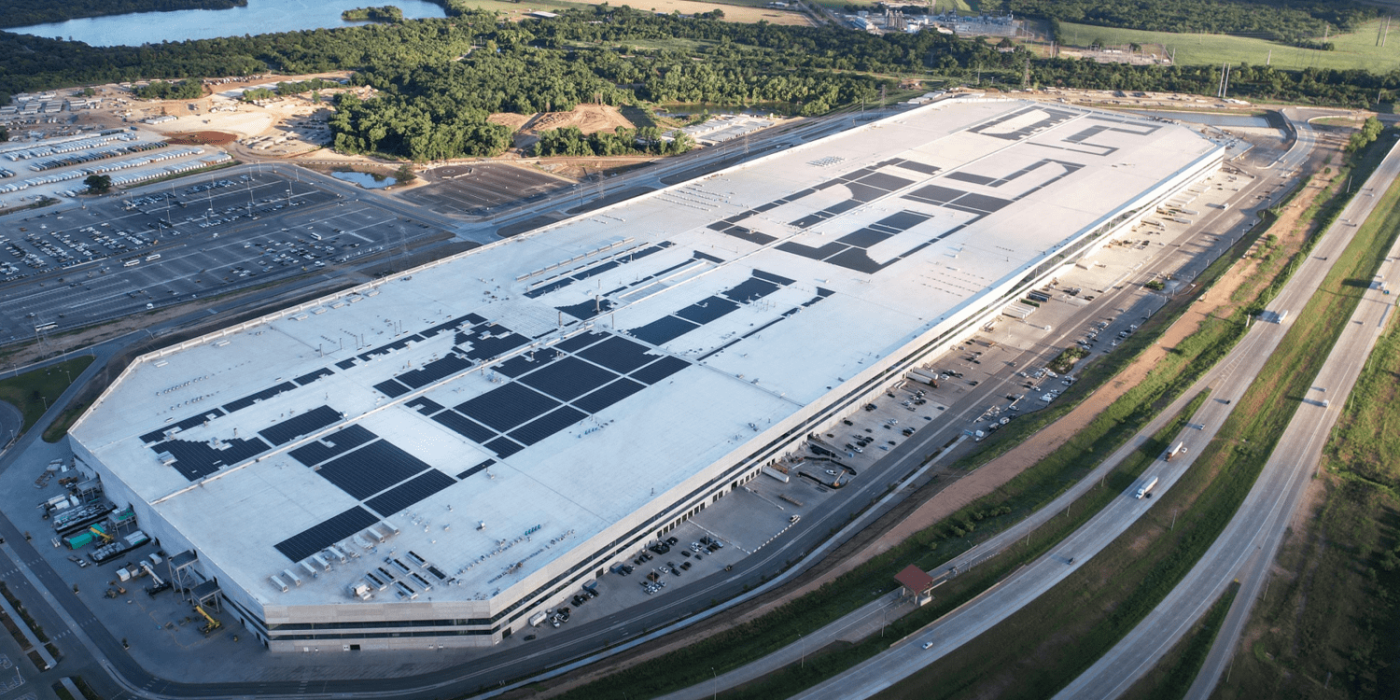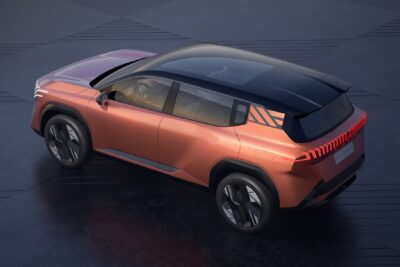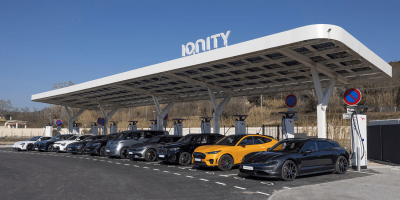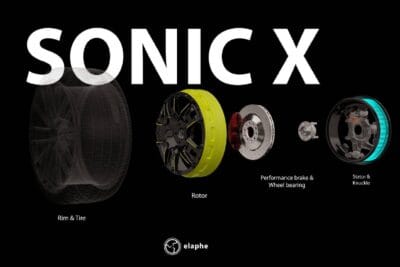Tesla’s upcoming compact EV rumoured to receive 53 kWh battery
Tesla published the complete Master Plan 3 a few days ago. It contains some new information about upcoming models. In addition, there was another price reduction in the USA and changes in top management.
Tesla had already reported on the Master Plan 3 in excerpts at the ‘Investors Day’ at the beginning of March – the upcoming compact model from the Giga Mexico, which was also announced on that day, was one of the most important points. The complete document is now available. Among other things, it deals with previous models, sustainable economic development and an overview of the battery capacities required for electrification.
But Tesla also teases three models in the report, including the aforementioned compact model. What is noticeable, however, is that the Roadster 2 is no longer included. It is currently not known whether Tesla is no longer launching the model, which was already unveiled at the presentation of the Semi electric truck, or whether the project has merely been paused. Elon Musk is known to have repeatedly changed his mind about individual projects in the past. For example, a new “baby Tesla” was considered the top priority for a long time, until Musk stated in a quarterly call that the company was no longer developing the vehicle. In the meantime, however, a separate platform has been presented, along with enormous savings targets for production costs. There is no more talk of pausing, instead Tesla is planning up to four million units of its compact model per year.
In a table in Master Plan 3 (which no longer includes the Roadster), Tesla states that a compact model that has yet to be officially defined will have a 53 kWh LFP battery. Above that is the “midsized” segment with the Model 3 and Model Y, which will probably also switch to LFP cells in the long-range models in the future – 75 kWh are mentioned. Only the ‘Large Sedans, SUVs & Trucks’ will receive a 100 kWh NMC. Battery with a high nickel content. This table also mentions a ‘Commercial/Passenger Van’ (a model already hinted at in Masterplan 2) and a Tesla Bus. The van is said to use the same battery as the ‘Large Sedans, SUVs & Trucks’, for a bus a 300 kWh LFP battery is specified.
Model Y likely to be freely available with 4680 battery
Not too much should be read into this table, however. At most, only rough trends can be deduced, such as a probable switch to a roughly 75 kWh LFP battery for the mid-range models and that Tesla is not aiming for the regions of 150 or even 200 kWh for its luxury models. Very little is known about the new models – apart from some details about the compact model. However, what is surprising there is that Tesla is very specific about 53 kWh – while all other battery specs tend to be in increments of 25 or even larger.
Until such a compact model is launched, the Model 3 and Model Y will remain the most affordable Teslas. In the US, Tesla has now lowered prices – for all models. For the Model Y, a new entry-level version is also available in the US configurator. It is assumed that it is equipped with a battery from Tesla’s own 4680 cells. With an acceleration of 5.0 seconds to 60 mph (96 km/h), the new base Model Y is almost on par with a Long Range. With 279 miles of EPA range (449 kilometres), the range claim is exactly the same as the AWD Model Y that Tesla reported to the EPA in March 2022. The all-wheel drive also explains the acceleration performance.
At $49,990, the 4680 model is also only $3,000 cheaper than the long-range variant of the Model Y, which is available in the US from $52,990 after the current price cut. It remains to be seen whether this will remain the case for long: In the case of the Model 3, Tesla states in the US configurator that from 18 April there will only be a tax credit of $3,750 instead of $7,500 due to the new subsidy rules – because the battery comes from China. This information is missing for the Model Y Long Range. The Model Y with Tesla’s own 4680 cells should probably qualify for the full 7,500 dollars tax credit.
It has not been confirmed whether the current price reduction in the US is due to falling demand. According to some reports, it seems more likely that Tesla is passing on falling costs to customers, as it appears that production of the Model Y will be further increased during the second quarter at both Giga Texas in Austin and Giga Berlin. In Grünheide, Tesla is now building 5,000 vehicles per week, while in Texas it is probably still 4,000 Model Y per week – where it is also to be increased to 5,000 vehicles.
In addition, there are two changes in the top management: China boss Tom Zhu, who has been considered as a candidate for Musk’s succession as CEO, is named Senior Vice President Automotive in the material for the annual general meeting scheduled for May – Zhu is listed as the fourth member of the top management among the executive officers. At the ‘Investors Day’ at the beginning of March, Zhu had introduced himself as responsible for production, sales and service. Either way: projects such as the compact car and the passenger car plants fall under
BREAKING: @Tesla Co-Founder and current Redwood Materials Founder/CEO, JB Straubel, has been nominated to Tesla's Board of Directors, according to a new filing.
Much deserved! pic.twitter.com/StBtTmjx6H
— Sawyer Merritt (@SawyerMerritt) April 6, 2023
Finally, the co-founder and former Chief Technology Officer (CTO) of Tesla, JB Straubel, is to join the Board of Directors. He has now been nominated for this position, but must be officially elected to the board at the annual general meeting. Straubel is known to be the CEO of Redwood Materials and indirectly supplies Tesla with recycled copper foil for anode production at Giga Nevada through the partnership with Panasonic.
reuters.com, teslarati.com (both compact model), insideevs.com (US pricing), teslarati.com (Model Y production), teslarati.com (Zhu), teslarati.com (Straubel)





1 Comment